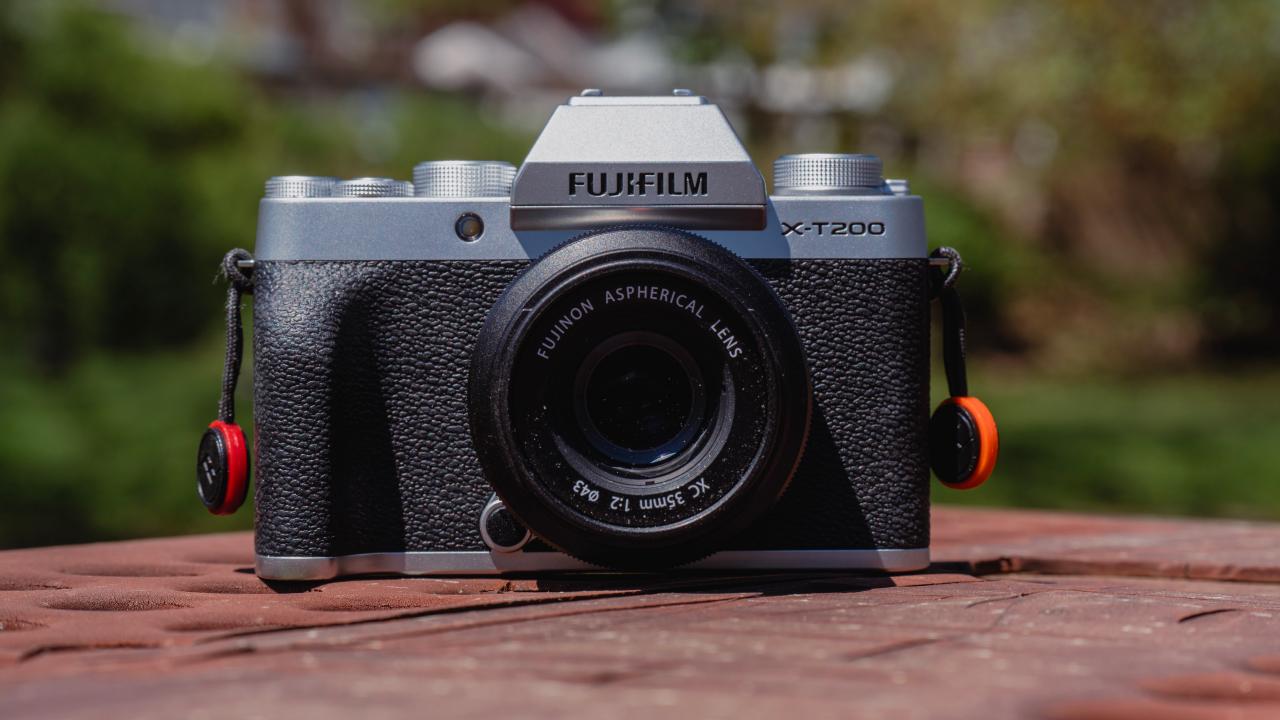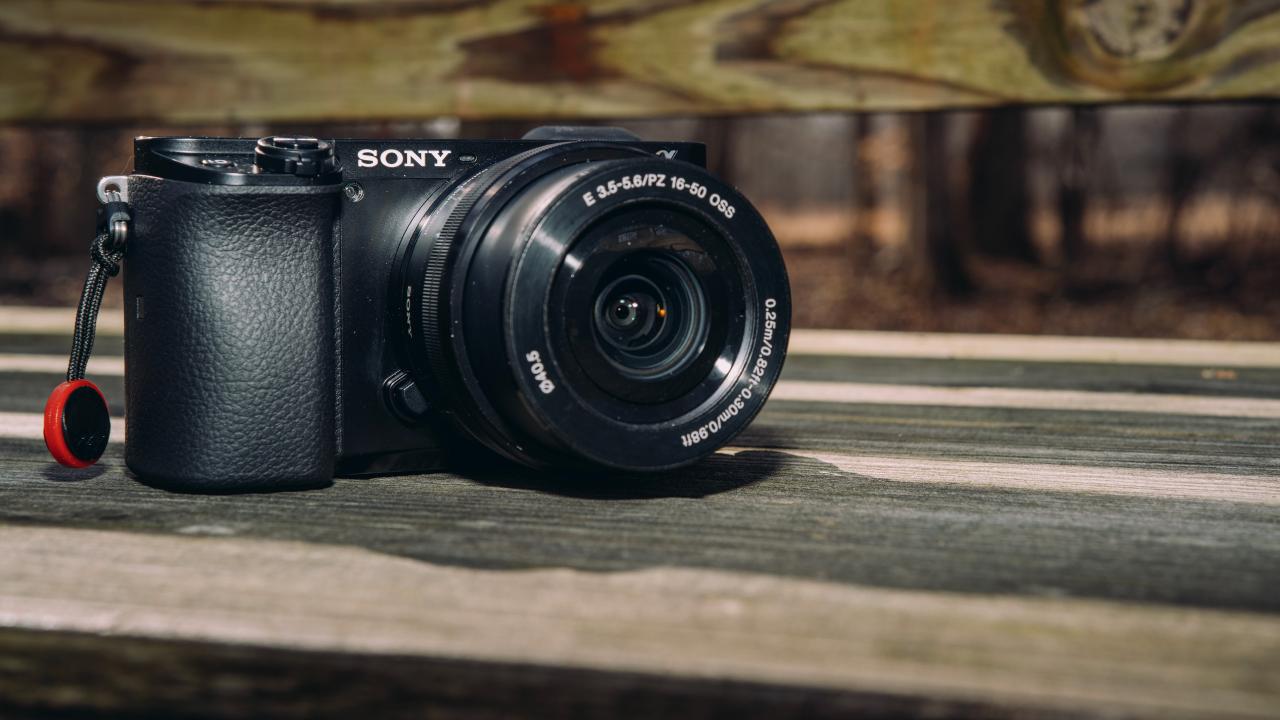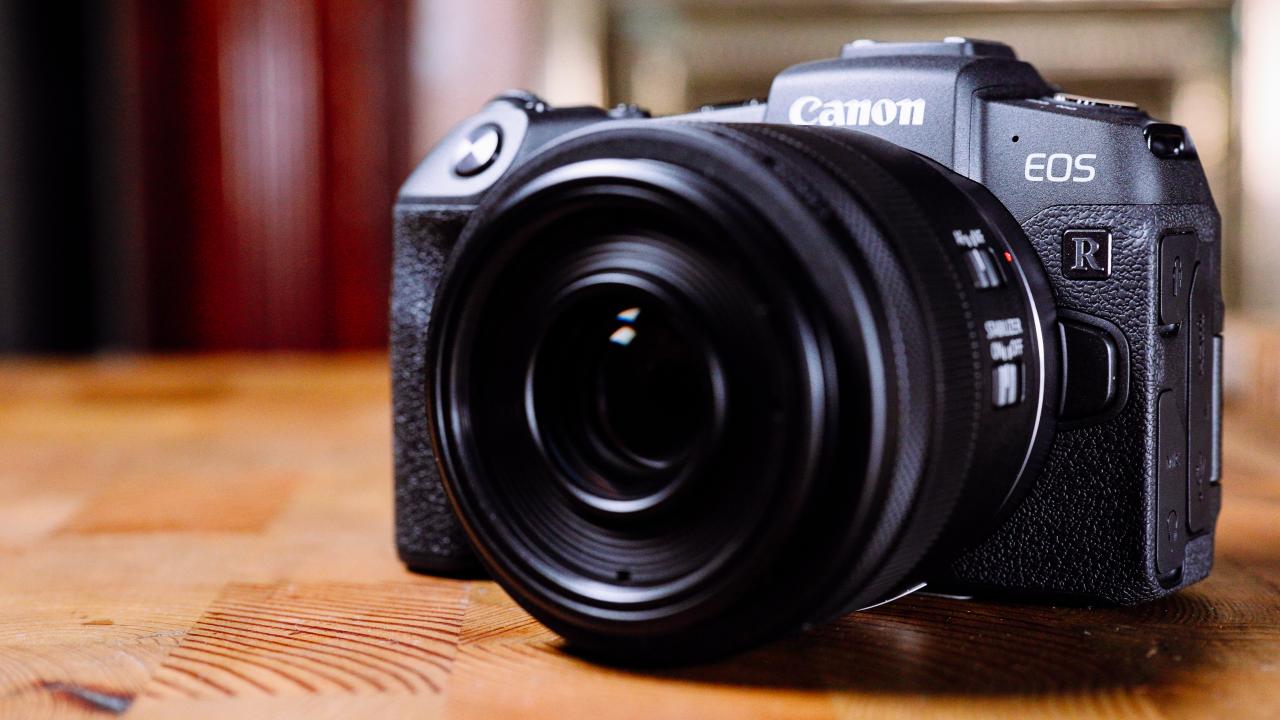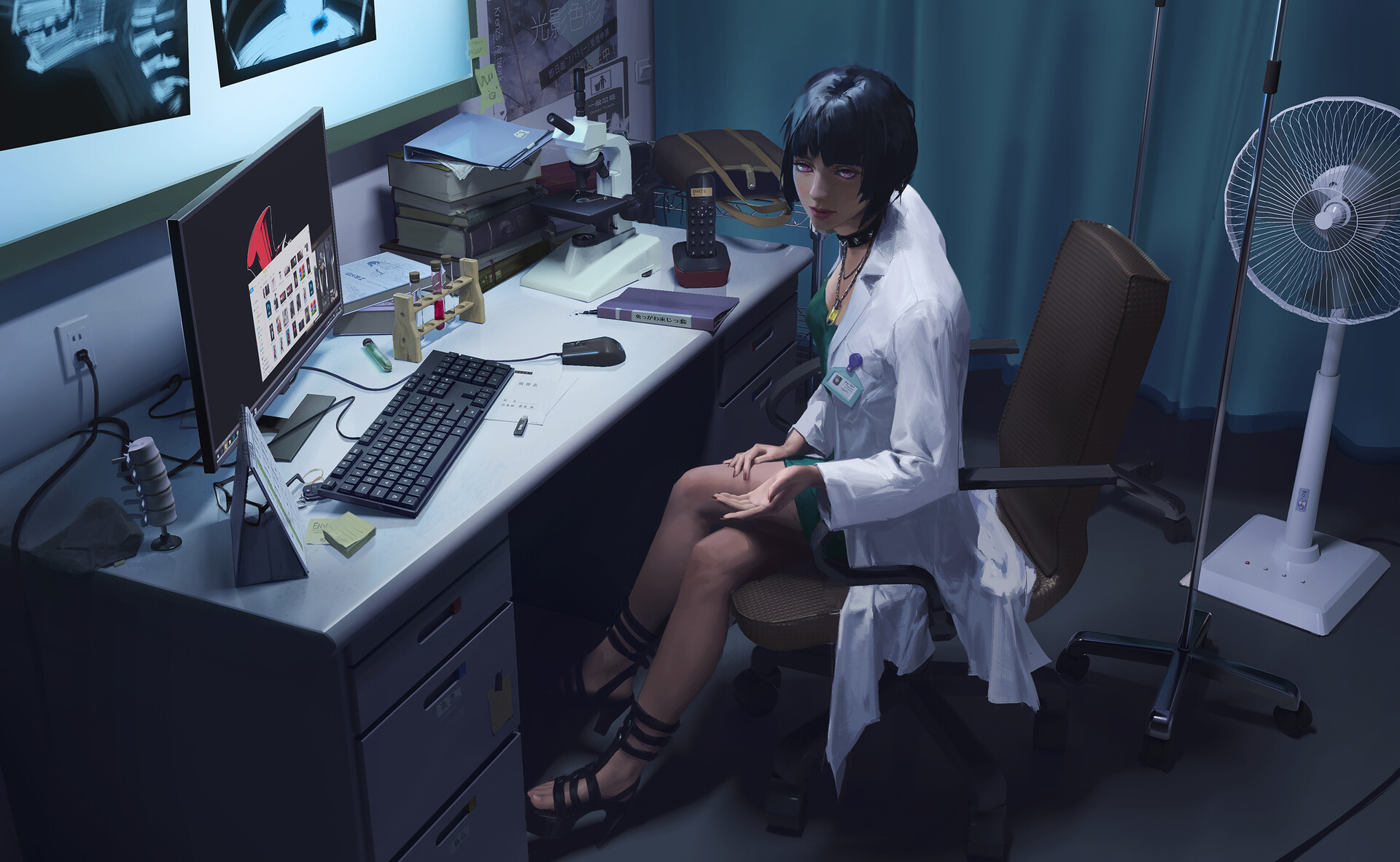With a smartphone in your pocket, everyone is a photographer. The latest iPhone, Galaxy, and Pixel handsets capture images that turn heads and rack up social media likes, but there’s a limit to what they can do. If you’re interested in trying new photo techniques, it’s time to think about a camera with interchangeable lens support. Whether it’s for capturing distant wildlife, trying your hand at long exposure landscapes or night sky astrophotography, or delving into the tiny world of macro, you’ll find that a dedicated camera offers big benefits over your phone, and you don’t need to spend a ton of money on one.
Don’t Get an SLR
There’s a better-than-average chance that you’re reading this after searching for recommendations on SLRs for beginners. And here’s what we have to say about that: Most beginners shouldn’t buy SLRs.
 Fujifilm X-T200
Fujifilm X-T200
Technology has moved beyond the scope of the optical viewfinder. A decade ago the best cameras were all SLRs; today they are mirrorless. The idea is the same—a large image sensor, interchangeable lenses, and a direct view through the lens—but now the view is created by the image sensor and shown on a rear screen or eye-level electronic viewfinder.
There are palpable advantages for beginners. For one, you’ll get a preview of your exposure in the EVF, freeing you to experiment with manual exposure modes and see feedback in real time. Autofocus coverage typically extends much farther, so you’ve got more creative freedom to position a subject in the frame.
See How We Test CamerasSee How We Test Cameras
The creative side is there, too. If you’re thinking about making photos in black and white, you can set a mirrorless camera to preview your scenes in monochrome. The same is true for any color looks you want to apply—almost every camera offers vivid and neutral modes, but others extend them to more artistic looks.
 Nikon D3500
Nikon D3500
That said, we’ve included an SLR in our list for folks who absolutely prefer an optical viewfinder. They’re worth thinking about if your eyes don’t deal well with digital displays, but you’re definitely missing out on the more modern trappings of a mirrorless camera.
Choosing a Mirrorless System
When you buy an interchangeable lens camera, you’re not just buying the camera. The system you choose dictates what lenses you’ll be able to use.
That’s not a big deal if you’re just starting out—you’ll buy a camera with a bundled zoom, and if you want to add a telephoto, wide aperture prime, or macro lens, you’ll have no problem finding one that works with your camera.
 Sony a6100
Sony a6100
If you think you’re going to move to higher-end equipment down the road, you’ll want to take a little more into consideration. The Fujifilm X, Micro Four Thirds, and Sony E offer the widest range of lenses, and Canon’s EOS M has the basics covered.
For more detail on what every camera system offers, check out our guide to choosing a system.
Should You Go Full Frame?
Most cameras marketed toward budding photographers use image sensors that are smaller than the 35mm film models of yesteryear.
The bigger sensor size means that lenses are also a little bit bigger, and pricier, generally speaking. But there are some real reasons to mull a full-frame camera, even if you’re starting out.
 Canon EOS RP
Canon EOS RP
I recommend them especially to photographers whose main interests lie in portraiture, landscapes, and other more artistic pursuits, especially those who love the blurred-background bokeh look.
They’re also a good choice if you’re interested in trying out old, manual focus lenses, to give your images a bit of a vintage feel.
We’ve included a couple of full-frame picks here. The Canon EOS RP is built for beginner users and is a recent release. The Sony a7 II is a more advanced model, but has been on the market longer so it’s now selling for less than its successor, the a7 III.
